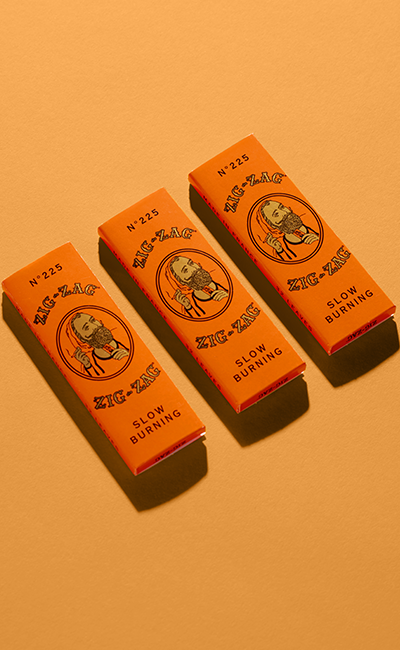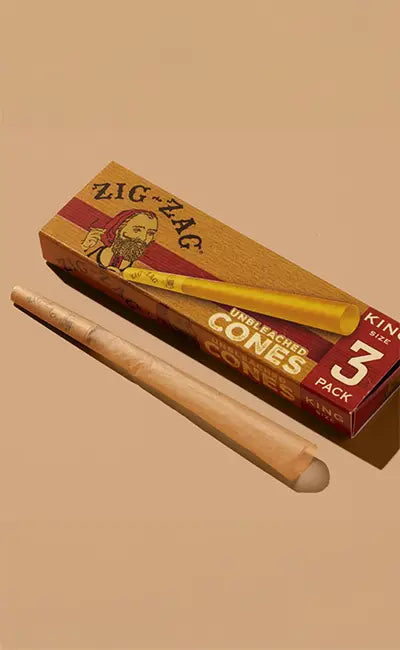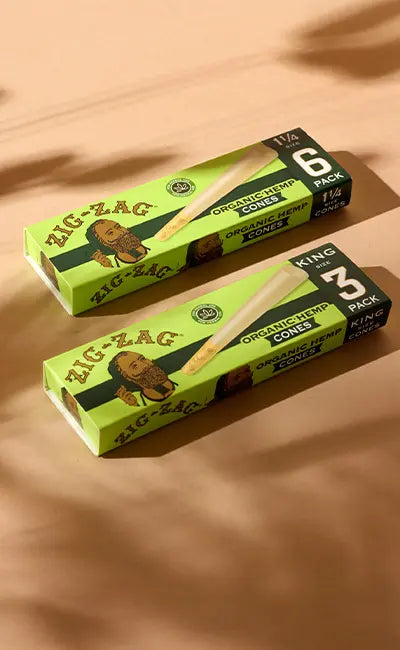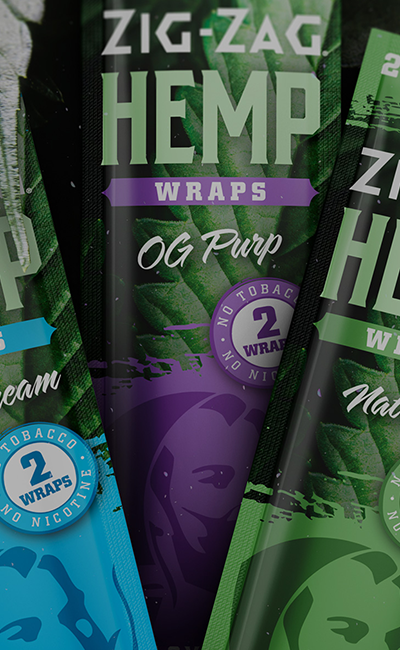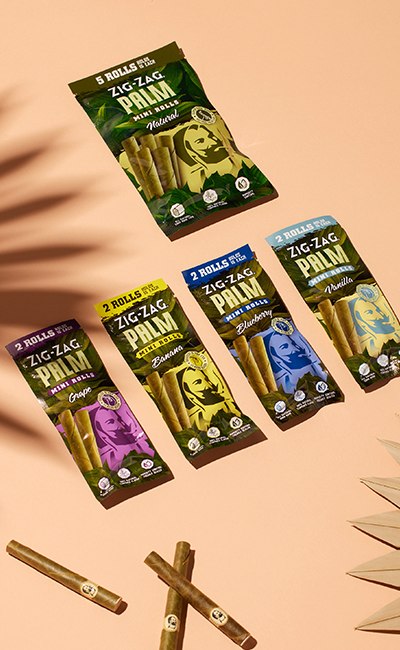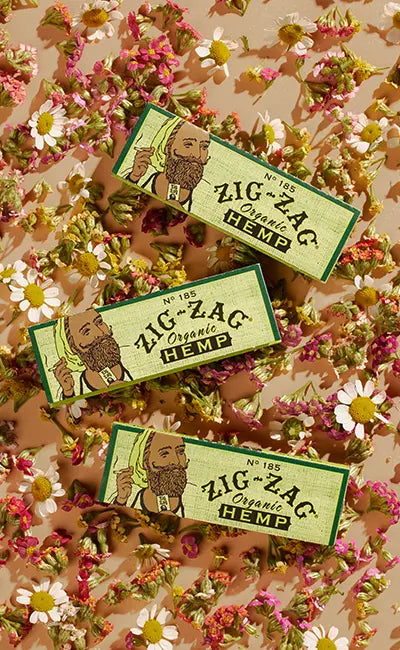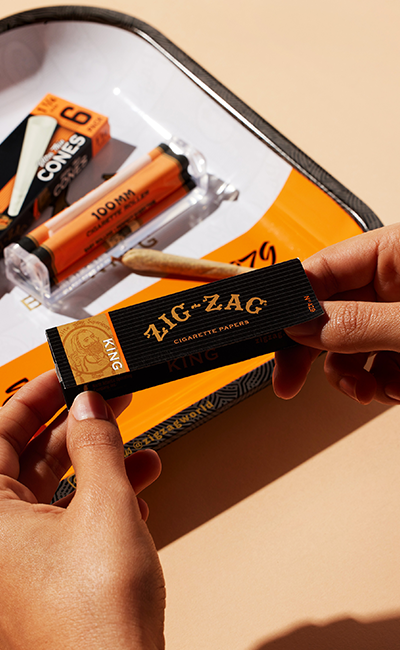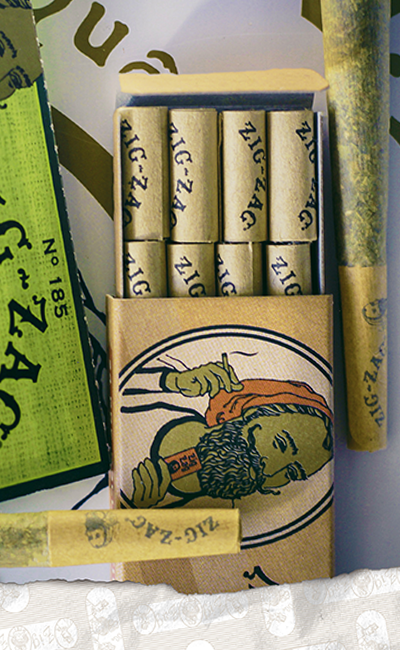A clean burn means your joint burns smoothly from start to finish without going out. When smoking, this makes a big difference in both how your joint feels and how it tastes. It ensures that the flavor of your herb stays pure and you don’t waste any product. This is especially true with
ultra-thin joint papers, which are designed to enhance the natural flavor of the herb without adding a papery taste.
Selecting the Best Thin Rolling Papers
Comparing Hemp, Rice, and Flax Ultra-Thin Papers
Choosing the right material plays a big role in how your joint burns and tastes. Among the most popular choices are hemp, rice, and flax. Each one offers a unique smoking experience. Many users prefer hemp ultra-thin papers because they’re made from natural fibers and provide a consistent, medium-speed burn. Rice papers are thinner and burn more slowly but can be harder to handle, especially in humid conditions. Flax papers offer a smooth draw and feel more textured.
Understanding Paper Thickness and Porosity Ratings
The thickness of the paper and its porosity are key factors when it comes to clean burning. Thinner papers allow more flavor to come through, while high porosity helps control the airflow during a smoke. Porosity refers to how breathable the paper is—if it’s too porous, it may burn too fast. If it’s too tight, it might come out too easily. The
best thin rolling papers strike a balance between these elements, a smooth burn that doesn’t interfere with the taste or performance of your joint.
Choosing Plant-Based Gumlines
The adhesive strip on rolling papers affects how the joint seals and burns. Using a plant-based gumline, like acacia or natural sugar gum, helps ensure a cleaner finish with fewer harsh chemicals. These gumlines are not only eco-friendly but also burn more evenly compared to synthetic alternatives. They’re invaluable when working with rolling papers that burn evenly, as they won’t create burn disruptions along the seam. Opting for papers with natural glue is a small detail that can make a noticeable difference in the quality of your session.
Identifying Rolling Papers That Burn Evenly
Finding rolling papers that offer a smooth, steady burn requires a bit of research and sometimes trial and error. Quality papers won’t canoe, run, or leave behind large chunks of ash. Look for ones labeled as slow-burning or even-burning, and check reviews from experienced users. Some of the top rolling paper brands test their products for consistent performance, so you know you’re getting a reliable smoke. The goal is to use papers that keep the ember steady without needing constant relighting.
Preparing Papers and Herb for Rolling Success
Maintaining Ideal Humidity
Humidity control plays a major role in how rolling papers behave. To maintain optimal humidity for your rolling papers, follow these easy steps:
-
Airtight Storage Solutions: Using a sealed container is the first step to proper humidity control. Airtight tins, snap-lock cases, or durable plastic boxes protect papers from ambient air and moisture changes, keeping them stable over time. Air exposure causes papers to dry out quickly or, in humid climates, to become damp and unusable. A well-sealed container creates a protective environment that reduces external influence and locks in freshness. Choose a storage option designed specifically for smoking accessories. In addition to preserving texture and shape, these containers help prevent cross-contamination of flavors and scents.
-
Humidity Control Pack Inserts: Adding a humidity control pack inside your storage container is a reliable way to maintain a balanced internal environment. Brands like Boveda and Integra Boost offer two-way humidity packs that automatically adjust to maintain a set relative humidity, typically between 58% and 62%, for optimal preservation of rolling paper. These packs are low-maintenance, replaceable, and provide consistent results without guesswork. Unlike makeshift moisture tricks like citrus peels or damp cloths, humidity packs are scientifically formulated.
-
Sunlight and Heat Avoidance: Exposure to direct sunlight or high temperatures can lead to uneven drying and heat damage, causing papers to curl, discolor, or become brittle. Even a sealed container isn’t immune to the heat-magnification effects of sunlight, especially if it’s transparent or has thin walls. Avoid windowsills, car interiors, or countertops exposed to light throughout the day. Maintain a stable room temperature and avoid frequent relocation of your storage container between environments. Sunlight and heat not only degrade paper integrity but can also affect infused scents or printed designs, reducing both function and aesthetics. Consistent shade ensures consistent quality, keeping your papers smooth and rollable.
-
Avoiding Refrigeration and Freezing: Storing papers in the refrigerator or freezer may seem like a good way to preserve them, but it can actually do more harm than good. Cold temperatures can stiffen paper fibers, leading to cracking or tearing during handling. More critically, when removed from cold storage, the papers are exposed to temperature shifts that cause condensation. Even sealed containers are susceptible to this internal moisture shift. Stick to ambient room temperatures and use airtight containers and humidity packs instead. These alternatives provide stable preservation without the risks associated with cold environments.
-
Weekly Paper Condition Checks: Developing the habit of checking your rolling papers weekly is a proactive step that ensures long-term quality. Look for early signs of deterioration, such as curling edges, stiffness, excessive softness, or visible humidity damage. These small changes can indicate a shift in your storage environment or that a humidity pack needs replacing. Regular inspection allows you to correct the course before papers become unusable. It’s also helpful for users with multiple paper types, as some materials (like rice or hemp) react differently to moisture. Make this a quick part of your rolling routine. If anything seems off, adjust your storage conditions or rotate your supply.
Whether you’re a daily roller or occasional enthusiast, these techniques help ensure that every paper performs perfectly, every time.
Pre-Creasing Papers
Before adding the herb, it helps to create a fold along the length of the paper. This “pre-crease” sets a straight line that acts as a guide for loading your material. Precreasing is especially useful when working with hemp rolling papers, as it reduces the chance of tearing or wrinkling. With a consistent fold, your herb settles into a more uniform shape.
Grinding Herb Consistently
How you grind your herb has a big impact on how your joint smokes. A consistent grind helps the material burn evenly from end to end. If the texture is too chunky, airflow can become uneven. If it’s too powdery, the joint might clog or burn too fast. Use a medium grind to maintain balance. Grinding evenly means you won’t have lumps that cause hot spots. It also makes the rolling process more manageable and smoother.
Avoiding Stems and Clumps
Always check your herb for any stems or dense clumps. These can poke through delicate papers or create areas that burn faster than the rest. Even small fragments of stem can ruin the flow of the joint. By removing them first, you're improving the burn and making sure your smoke stays consistent. This is especially true when using slow-burning joint papers, as interruptions in the burn can lead to relighting or canoeing. Take a few extra seconds to break down your herb and pick out the trouble spots.
Rolling Techniques for Clean, Even Burns
Distributing Material
A common mistake when rolling joints is piling the herb in the center without spreading it evenly. Use a back-and-forth motion with your fingers to level the material across the length of the paper. This helps create an even shape that supports proper airflow. If one end is thicker than the other, the joint may burn unevenly or produce a harsher draw. For those learning how to roll joints, this movement is essential. You’ll achieve a steadier burn and a smoother smoking experience from start to finish.
Finishing Touches
Once the joint is shaped and sealed, the open end should be packed gently to maintain structural integrity and improve lighting. Here’s how to finalize your joint for optimal burn:
-
Crown-End Tapping Technique: Gently tapping the crown end on a flat surface is a tried-and-true way to settle the ground herb without compressing it too tightly. This motion helps redistribute air pockets, ensuring the material sits evenly inside the cone, which in turn leads to a steadier burn. Tapping encourages gravity to do the work while maintaining the proper density.
-
Packing with a Tamping Tool: This is key to preventing loose herb from falling out while also ensuring your joint draws correctly. The goal is to achieve a balance, compressing just enough to support combustion without restricting airflow. Too tight, and you’ll be struggling with resistance; too loose, and the joint will burn too fast or unevenly. Most tamping tools are small, often included with rolling trays or designed to fit inside pre-roll tubes.
-
Twisting the Pilot Light Wick: Twisting the tip of the joint into a small wick, often referred to as the pilot light, serves several purposes beyond just capping off the roll. It creates a focused point for ignition, allowing the paper to light gradually and evenly rather than flaring up instantly. This slow ignition reduces the chance of scorching the tip or creating an uneven burn right from the start. The twist also helps keep the material secure until you’re ready to light up, which is especially helpful if you’re rolling in advance or transporting your joints. A tight twist should resemble a small candlewick and is typically about a quarter of an inch in length.
-
Avoiding Overpacking Issues: One of the most common mistakes in joint preparation is overpacking the cone. While it might seem that more herbs equal a better experience, excessive compression can actually work against you. Overpacked joints often suffer from poor airflow, forcing you to inhale harder, which can result in harsher hits and inconsistent burns. Signs of overpacking include a stiff feel when pinched, a hollow draw, or uneven combustion that burns one side faster than the other. Always pack gradually, checking the feel and flexibility of the joint as you go. Use visual cues and consider testing the airflow before sealing the pilot light.
These steps are crucial when using thin rolling paper preparation techniques because they prevent weak burns and keep the ember centered. It works exceptionally well with ultra-thin papers for slow burning, as they depend on an even pack to function properly.
Using the Double-Lipped Fold
This advanced folding method can help maintain an even burn line across the joint’s length. After sealing the paper, fold a second lip over the glued edge by tucking the paper slightly inward. This double layer minimizes the chances of premature runs or uneven burning. While it may take a few tries to get right, it’s a valuable skill for those who want a perfectly round and steady-burning joint. When using top-quality rolling paper brands, this technique can significantly enhance performance.
Buying, Storing, and Accessorizing for Best Results
How to Buy Ultra-Thin Rolling Papers Online
Many specialty shops and direct-from-brand websites offer detailed descriptions, allowing you to choose based on paper material, thickness, and size. When you buy thin hemp papers, look for trusted retailers with customer reviews and product specs clearly listed. These details help you make a more informed choice, especially when comparing different types of plant-based papers. Be sure to check for shipping policies and freshness guarantees to avoid receiving aged or brittle papers.
Calculating Rolling Paper Cost
Price is always a factor when choosing your smoking materials, but the cheapest option isn’t always the best. Consider how many sheets come in a pack, how long each joint lasts, and how reliably the papers burn. When evaluating rolling paper cost, think in terms of quality over quantity. Higher-end papers may cost more per sheet, but can improve your overall smoking experience by reducing relights and wasted herb. A little research into price-per-roll goes a long way.
Proper Storage
Maintaining the condition of your papers is just as important as choosing a good brand. Exposure to air, moisture, or sunlight can quickly affect how your papers roll and burn. Storing them in a sealed case or moisture-resistant pouch keeps them flat, dry, and ready to use. This is particularly useful for smokers who favor hemp ultra-thin papers.
Using Accessories
Accessories can enhance both the rolling process and the smoking session itself. A reliable grinder helps create a uniform herb texture that’s easier to work with and promotes a balanced burn. Glass tips offer a reusable, eco-friendly way to enjoy joints with added airflow and a cleaner finish. Don’t overlook cleaning tools either, as they keep your rolling area tidy and your accessories in top shape. When using
high-quality joint papers, the right gear makes everything smoother, from preparation to the final puff.
Mastering the art of rolling a clean-burning joint doesn’t happen by chance. It’s the result of pairing quality materials with careful technique. The more familiar you become with different paper types, herb textures, and humidity levels, the better your results will be. Using ultra-thin joint papers requires attention to detail, from the first fold to the last puff. By understanding what works and what doesn’t, you’re able to make minor improvements with every roll.




